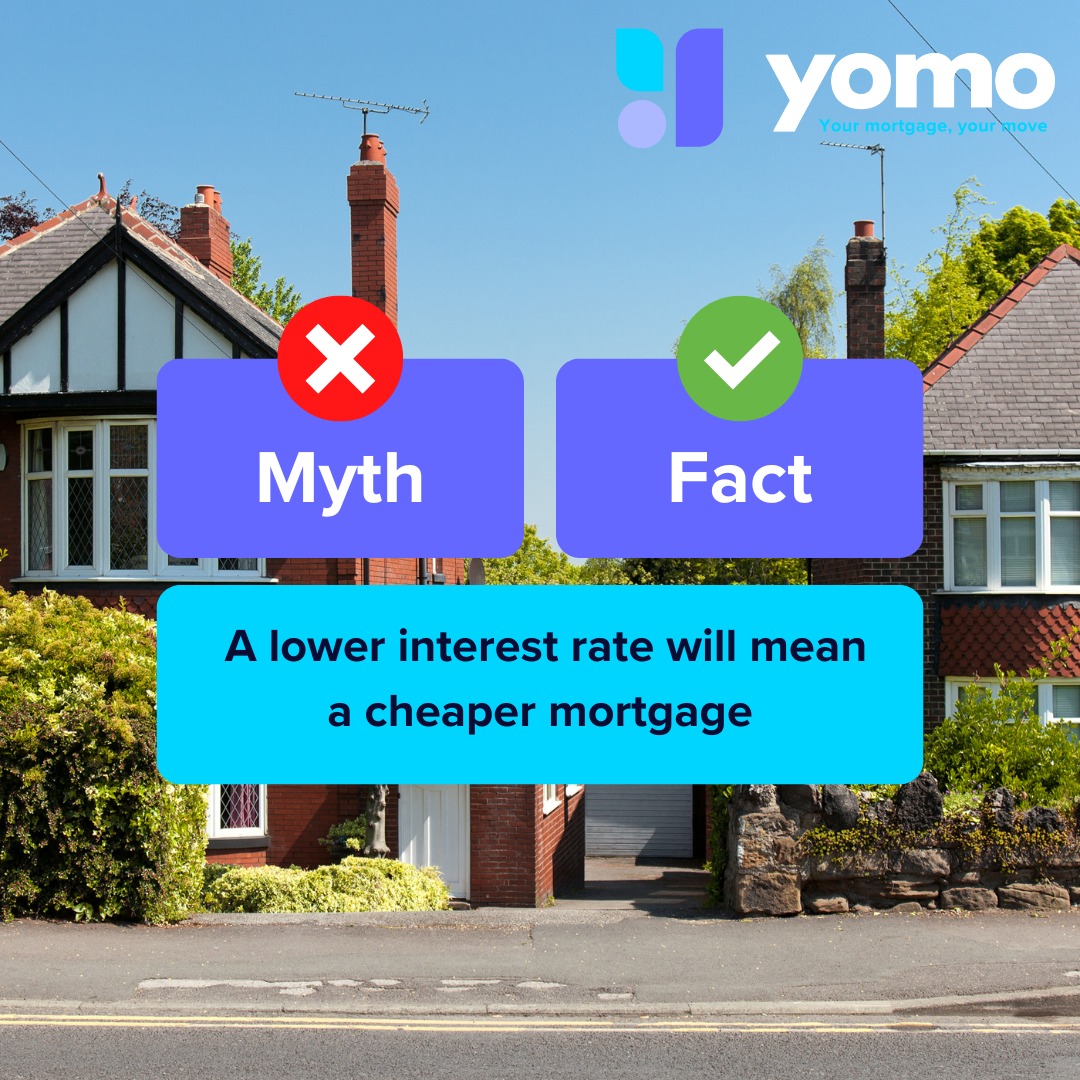On Shared Ownership
05.18.23
The UK’s shared ownership property scheme has become increasingly popular in recent years, as it provides an opportunity for first-time buyers to get on the property ladder. The scheme allows individuals to purchase a share in a property and pay rent on the remaining share to a housing association. In this blog post, we will explore the benefits and drawbacks of shared ownership, eligibility requirements, and the application process.
Example of Shared Ownership
If you were to own 50% of a property worth £200,000, you would own £100,000 of that property. If you wanted a 90% LTV mortgage or a 10% deposit then that would be on the £100,000 only so your mortgage would be £90,000 and you would need just £10,000. This is never on the full value of the property its only on the share that you own.
In terms of the rent, it is typically calculated at around 3% of the unowned part. In this example you take £100,000 and multiply by 3% which gives you £3,000. Divide by 12 months giving you a monthly rental figure of £250. The 3% is set by the Housing Associating and it generally ranges from 2.5%-4%. You pay this figure as well as your mortgage payment because you pay rent and a mortgage with shared ownership.
Benefits of Shared Ownership
One of the main benefits of shared ownership is that it allows individuals to get on the property ladder with a smaller deposit than is required for a traditional mortgage. This is because you only need to pay a deposit on the share that you are purchasing, rather than the full value of the property (as above). Additionally, the monthly mortgage payments and rent combined may be cheaper than the monthly rent for a similar property in the same area.
Shared ownership also provides individuals with greater flexibility when it comes to moving. If you own a 100% share in a property and want to move, you would need to sell the property and purchase a new one. However, with shared ownership, you can sell your share at any time and move to a new property. This means that you can move more easily and without the need to save up for another deposit.
Another benefit of shared ownership is that it allows you to gradually increase your share in the property over time. This process is known as staircasing, and it means that you can buy additional shares in the property when you can afford to do so. This will reduce the amount of rent that you need to pay, and it can also increase the value of your investment in the property.
Drawbacks of Shared Ownership
One of the drawbacks of shared ownership is that you will have less control over the property. If you are only purchasing a 50% share in a property, for example, you will need to consult with the housing association before making any significant changes to the property. Additionally, if you do not own 100% of the property, you may find it more difficult to sell the property in the future.
Another potential drawback of shared ownership is that you will need to pay service charges in addition to your mortgage and rent payments. These charges are designed to cover the cost of maintaining and repairing communal areas, such as hallways and lifts. The amount that you need to pay in service charges will vary depending on the property, but it is important to factor this into your budget when considering shared ownership.
It is important to note that you also do not benefit from the increase in value on the share you do not own. So if you own 50% of a £200,000 property and it went up to £300,000, you wouldn’t get £100,000 because you only own 50% of the property, you would benefit from just 50% of the increase e.g. £50,000.
Eligibility Requirements
To be eligible for shared ownership, you must meet certain criteria. Each Housing Association has its own criteria so speak to your local association who will conduct an assessment with you to determine if you meet their eligibility. Secondly, you must be able to demonstrate that you are able to afford the costs associated with owning a property, including the mortgage payments, rent, and service charges. That’s where a mortgage broker and advisor can help.
Application Process
The application process for shared ownership varies depending on the property that you are interested in purchasing. In most cases, you will need to register with a housing association that is participating in the scheme. You can then search for properties that are available for shared ownership and express your interest in purchasing a share in the property.
If you are interested in a particular property, you will need to complete an application form and provide evidence of your eligibility. This may include proof of your income, your savings, and your ability to afford the costs associated with owning a property. The housing association will then assess your application and determine whether you are eligible to purchase a share in the property.
If your application is successful, you will need to arrange a mortgage for the share of the property that you are purchasing. It is always advised that before you start this process you speak to a mortgage advisor well in advance to determine if its even possible to avoid disappointment!
To find out more about the Shared Ownership scheme please use the contact button or schedule an appointment today!



